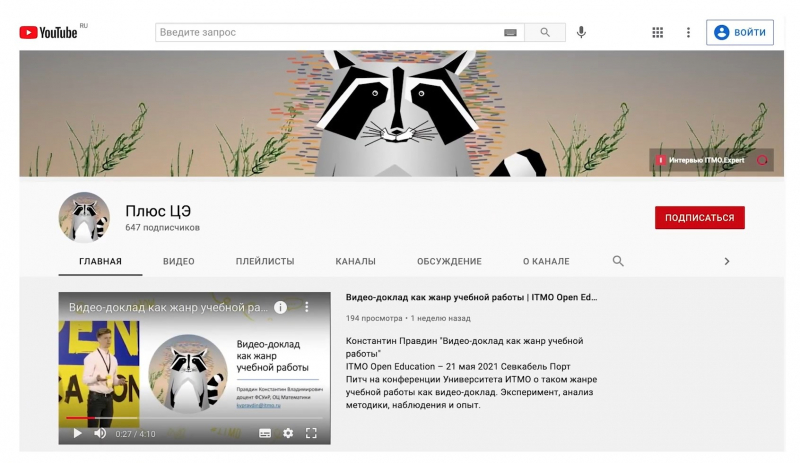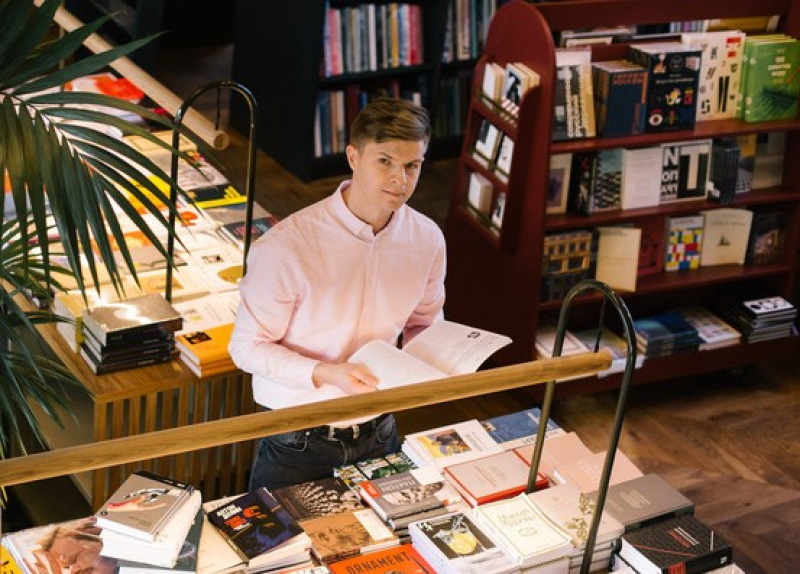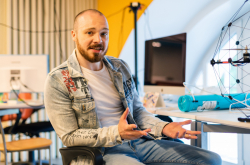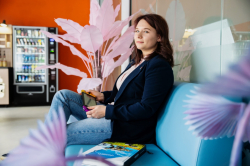In early July, Gazprom Neft held the third conference dedicated to business and education cooperation in training specialists for the economy of the future. This time, the conference took place both online and offline. The experts gathered at the Zifergauz Digital Transformation Center on New Holland Island.
Apart from round-table discussions, and strategic and foresight sessions, the program included the We Are in the Future 2021 award. The awards were presented in four categories: innovative learning formats, developing team competencies, systematic business and education cooperation, and digital learning solutions. The expert board highly regarded Prof. Pravdin’s YouTube channel called Плюс ЦЭ (Plus C or +C – Ed.) containing useful math lectures for first- and second-year Bachelor’s students.

Плюс ЦЭ YouTube channel. Credit: youtube.com
“Each university can submit only one application for a category. That’s why I’m extremely pleased and honored that ITMO chose my project among other laudable digital endeavors,” comments Konstantin Pravdin. “I learned about my victory a few days before the conference. The organizers contacted me and offered to shoot a brief video interview for the award ceremony.”
“The channel’s name comes from +C, an arbitrary constant that many people forget to add when integrating a function,” says Konstantin Pravdin. “On the logo, you can see a raccoon. My students, Polina Mikheeva, Daria Polyakova, and Anastasia Kalganova, created this digitized drawing for me when I was sick. This way, they wished me to recover more quickly and never catch a cold again.”
Created around a year ago, the channel already features over 140 videos explaining the basic mathematical concepts – such as logarithms, Jacobian matrix and determinant, and differential equations – in a friendly and humorous manner. There are also more practical videos, for example, the one that teaches students how to calculate the volume of any body, including the characters of the popular Russian cartoon called Kikoriki (Smeshariki – Ed.).

The video on how to calculate the volume of any body. Credit: youtube.com
“There are, basically, three types of videos on my channel,” explains Konstantin Pravdin. “The first is those videos that I created during the self-isolation period last spring. All I needed was a piece of paper and a camera. Striving for brevity, I dubbed these videos after shooting. Then, I had to edit them, cut out extra pauses, add special effects, and, finally, come up with engaging thumbnails. The second group includes live streams of my lectures at the university. For them, I use a digital whiteboard called Miro to get a sharp and eye-pleasing picture. And the third type is video projects prepared by my students. They are both insightful and creative. You can see that students took this job incredibly seriously.”
Prof. Pravdin didn’t expect to win the award as he had already participated in the ITMO.EduLeaders competition, taken part in the ITMO.EduStars competition, and given a pitch at the Open Education conference at Sevkabel Port, where he didn’t become a winner.
“Frankly speaking, I didn’t really have much hope. This is a large-scale competition with many worthy participants,” adds Konstantin Pravdin. “I was also very upset because of my previous failures. Nevertheless, I’m happy that my project was named the best. My channel is a grand personal experiment that I put a lot of effort and creativity into. During this academic year, I often questioned whether it was worth it or not. However, I received not only an award but also recognition from the expert community and my students, as well. This inspires me to keep up the good work.”





